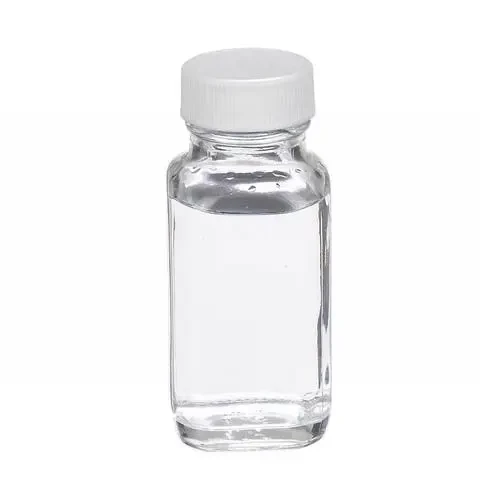Antimicrobial Additives for Plastics Enhancing Hygiene and Durability
In our increasingly health-conscious society, the demand for products that guarantee cleanliness and protect against microbial threats has surged. Antimicrobial additives for plastics have emerged as a significant innovation in this context, providing essential properties that enhance the safety and durability of plastic products. These additives serve a dual purpose improving the longevity of materials and ensuring their hygienic integrity in various applications.
Understanding Antimicrobial Additives
Antimicrobial additives are substances incorporated into plastic materials to inhibit the growth of bacteria, fungi, and other microorganisms on their surfaces. This is particularly advantageous in environments prone to microbial contamination, such as medical facilities, kitchens, and public spaces. The principles behind these additives can involve several mechanisms, including the release of biocidal agents that kill microbes or the disruption of microbial metabolic functions.
Common types of antimicrobial agents used in plastics include silver ions, zinc-based compounds, and organic biocides. Silver, for instance, is widely recognized for its efficacy against a wide range of pathogens. Moreover, it is non-toxic to humans, making it a preferred choice for food-contact applications. The incorporation of these additives into plastics can significantly reduce the growth of bacteria such as E. coli and Staphylococcus aureus, dramatically lowering the risk of infection or contamination.
Applications of Antimicrobial Plastics
The applications of antimicrobial plastics are vast and varied. In the healthcare sector, antimicrobial additives are employed in medical devices, surgical instruments, and hospital surfaces to minimize the risk of healthcare-associated infections (HAIs). Similarly, in consumer products, such as kitchen utensils, food containers, and personal care items, these additives help maintain a safer, cleaner environment for everyday use.
antimicrobial additives for plastics

The food packaging industry also increasingly utilizes antimicrobial plastics. By extending the shelf life of products and preventing spoilage, these materials contribute to food safety and reduce waste. For example, antimicrobial films can be used in packaging fruits and vegetables, inhibiting the growth of spoilage organisms and preserving freshness.
In addition to the healthcare and food sectors, antimicrobial plastics are gaining traction in the automotive and construction industries. Surfaces subjected to frequent touch, such as vehicle interiors and building materials, benefit from the antimicrobial properties, offering added protection against microbial growth that can lead to odors and degradation.
Environmental Considerations
While the advantages of antimicrobial additives in plastics are clear, it is essential to consider the environmental impact of these materials. With the growing concern over plastic pollution, the incorporation of antimicrobial additives must be balanced with sustainability practices. This has led to the development of biodegradable plastics infused with antimicrobial properties, promoting both hygiene and environmental responsibility.
Moreover, the recycling of antimicrobial plastics poses challenges. It is crucial for manufacturers and consumers to be aware of the proper disposal and recycling methods to prevent the potential release of harmful substances into the environment. Research is ongoing to ensure that the benefits of antimicrobial plastics do not come at the detriment of our ecosystems.
Conclusion
Antimicrobial additives for plastics represent a vital advancement in enhancing the hygiene and durability of materials across various industries. By effectively inhibiting the growth of harmful microorganisms, these additives contribute to improved health outcomes, consumer safety, and increased product longevity. However, as the demand for these innovative materials grows, it is equally important to address the environmental implications of their use. The future of antimicrobial plastics lies in balancing their benefits with sustainable practices, ensuring a safer and cleaner world without compromising environmental integrity. As technology advances, we can expect further innovations in this field, paving the way for even more effective and eco-friendly solutions.

